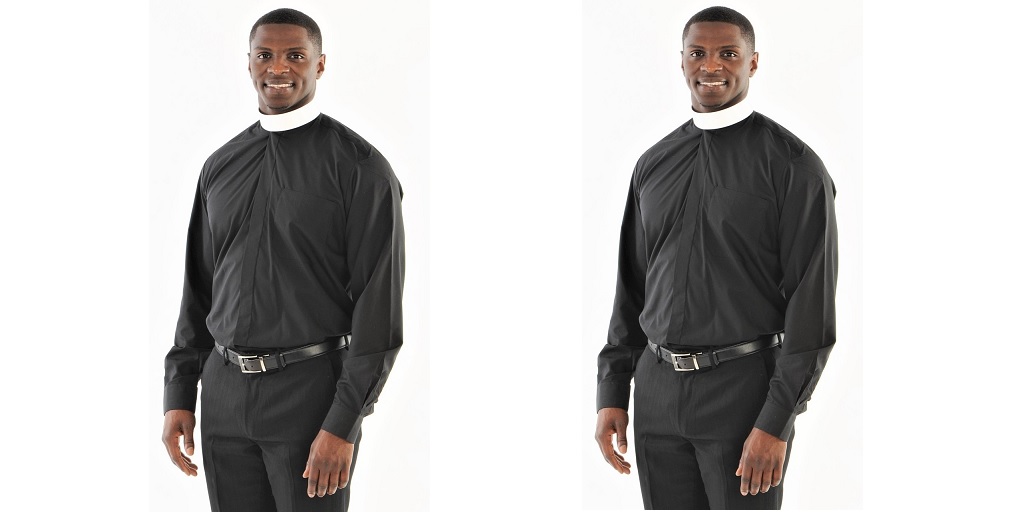Clergy shirts hold significant importance in various religious denominations. These distinctive garments are worn by clergy members as a symbol of their faith and their role within the religious community.
While the purpose of clergy shirts remains consistent across different denominations, the designs and styles can vary considerably. Let’s explore the different types of clergy shirts worn by various denominations, highlighting their unique characteristics and symbolism.
The Significance of Clergy Shirts
Clergy shirts serve as a visual representation of a religious leader’s role within their respective denomination. They provide a sense of identity and authority, making the clergy easily recognizable by their congregations and the wider community. The design and color of the shirts often carry symbolic meaning, reflecting the traditions and beliefs of the denomination.
Traditional Clergy Shirts
Roman Collar Shirt
The Roman collar shirt, also known as the clerical collar shirt, is commonly associated with the Catholic Church. It features a white, detachable collar that is typically worn with a black shirt. This style dates back to the 19th century and is still widely used today. The white collar represents purity and is a symbol of the ordained priesthood.
Cassock
The cassock is a traditional garment worn by clergy members, especially in more formal religious settings. It is a long, ankle-length robe with long sleeves and button closures. The color of the cassock varies depending on the rank and role of the clergy within the denomination. It is often worn underneath other liturgical vestments and serves as a foundational garment.
Anglican and Protestant Clergy Shirts
Tab-Collar Shirt
Tab-collar shirts are commonly worn by Anglican and Protestant clergy members. These shirts feature a distinctive tab or band collar, which is a narrow strip of fabric extending from one side of the shirt’s front to the other.
The tab collar can be fastened with a collar stud or a button. The shirt itself is typically black or another dark color, symbolizing humility and simplicity.
Neckband Shirt
Neckband shirts, also known as clerical shirts or preaching shirts, are another popular choice among Anglican and Protestant clergy. These shirts have a standard turndown collar and are usually worn with a white clerical collar inserted in the neckband. Neckband shirts come in various colors, with black being the most common choice. The color often signifies the clergy’s dedication to their religious calling.
Eastern Orthodox Clergy Shirts
Inner Cassock
The inner cassock or anderi, is a garment worn by Eastern Orthodox clergy. It is a long, flowing robe with wide sleeves, often made of lightweight and breathable fabric. The garment is worn among members of the Orthodox Church under the outer cassock.
Exorasson
The exorasson, also known as the outer cassock, is a shirt for clergy typically made of black fabric. It serves as the foundational layer of a priest’s vestments. It is also worn daily by Orthodox priests underneath their outer vestments.
Eastern Orthodox priests wear the exorasson along with the skufia on specific occasions as part of their liturgical vestments. The skufia is a cylindrical hat or cap worn by Eastern Orthodox clergy. It is often made of black or dark-colored fabric and resembles a soft skullcap.
The skufia is worn as part of the priest’s vestments during specific liturgical services and ceremonial occasions.
Clergy shirts play a vital role in various religious denominations, serving as visible symbols of faith, authority, and dedication. Whether it’s the traditional Roman collar shirts of the Catholic Church to the tab-collar and neckband shirts of Anglican and Protestant clergy, each design carries its own significance and reflects the values of the denomination.
These clerical clothing embody humility and devotion within their distinctive styles. Through their attire, clergy members are easily identifiable and serve as spiritual leaders within their communities.



